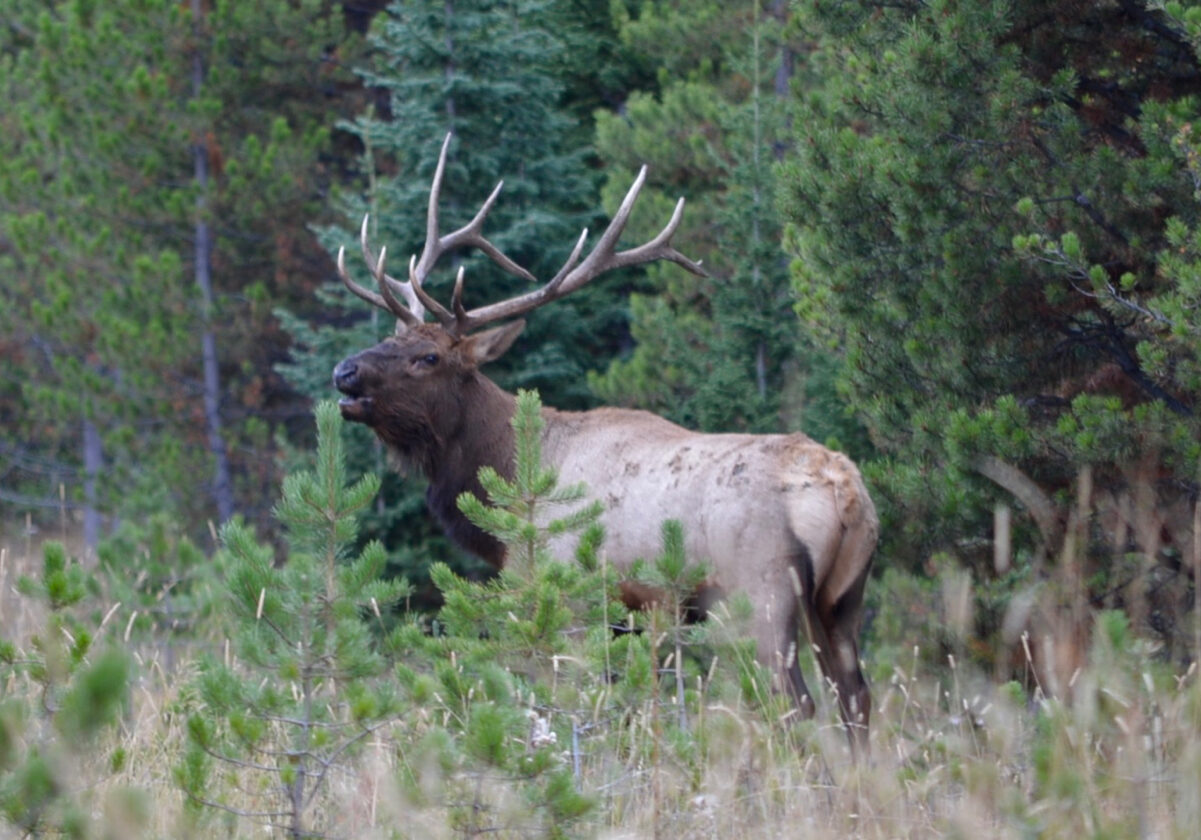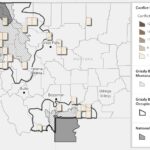Montana Big Game and Upland Bird Forecasts Point to Generally Strong Fall Seasons
Regional forecasts show mixed recovery from drought and harsh winter impacts
By Staff Writer
Aug 22, 2025
HELENA — Montana hunters face a mixed but generally encouraging outlook this fall, with elk herds at or above objectives in most regions, pronghorn numbers surging to eight-year highs in the southeast, and upland bird populations holding steady despite lingering impacts from recent harsh winters, according to Montana Fish, Wildlife & Parks forecasts.
Fish, Wildlife & Parks released its annual regional hunting forecasts this week. Here’s what hunters can expect across the state’s seven regions:
Northwest (Region 1): Elk and deer benefited from a mild winter, with calf and fawn survival strong. Elk numbers are stable to slightly better than last year outside the Bob Marshall Wilderness. White-tailed deer continue to climb, with fawn recruitment as high as 70 per 100 adults. Mule deer are stable, and moose populations appear steady at lower-than-historic levels.
Western (Region 2): Biologists expect better-than-average hunting. Elk herds are mostly at or above objectives, though distribution will depend on snowfall. Mule deer remain below historic levels but show good recruitment. Whitetails are stable to increasing. Antelope remain limited, with only a handful of licenses available.
Southwest (Region 3): Elk numbers are strong across most districts, though access on private lands remains a challenge. Mule deer show mixed results: populations near Sheridan and Helena are improving, but others remain low. White-tailed deer are stable to expanding, though chronic wasting disease persists in some herds. Pronghorn are rebounding in places but remain low in others, with conservative quotas in place.
North-central (Region 4): Elk are stable to above objectives, particularly near Great Falls and along the Rocky Mountain Front, though access remains an issue. Mule deer are trending upward in some areas but remain below average in the Missouri Breaks. White-tailed deer are strong in riparian areas. Pronghorn show improvement in Judith Basin but declines further east.
South-central (Region 5): Elk remain abundant, though often on private land. Mule deer are 20–50 percent below long-term averages, despite some improved fawn recruitment. Whitetails are slightly improved but still low in many areas. Pronghorn are mostly stable, with license quotas adjusted up or down depending on local conditions.
Northeast (Region 6): Deer and elk populations remain reduced from past drought and the harsh winter of 2022-23, with lower license quotas continuing. Mule deer densities are 22 percent below average, though fawn survival is improving. Whitetails are recovering along the Milk River. Pronghorn numbers are strong, prompting increased license quotas in several districts.
Southeast (Region 7): Habitat conditions have improved with spring rains. Elk numbers are solid in the core units, though access is limited. Mule deer remain about 30 percent below long-term averages, and antlerless licenses have been sharply reduced. White-tailed deer are strong in many areas but continue recovering in places hit by disease. Pronghorn counts were the highest since 2008, 41 percent above the 10-year average.
Upland birds: Forest grouse, turkeys and pheasants should provide average to good hunting in the west. Sage-grouse counts improved in parts of the southwest after several down years. In the northeast and southeast, pheasants, sharptails and partridge are near average, though localized weather impacts could affect broods. Region 7 sharptail leks were well above average.
Montana Fish, Wildlife & Parks cautions that conditions vary locally and access remains key in many districts. Hunters are also encouraged to participate in chronic wasting disease monitoring.
Full regional forecasts are available at fwp.mt.gov/hunt/seasons/forecasts.
Categories: Environment, Hunting
Don’t miss the week’s top Montana stories
Join readers across Montana who rely on WMN for independent reporting.
Unsubscribe anytime. Want to support WMN? Upgrade for $4/month →





